| |
Illusions and Research
Introduction
The following entries describe and illustrate some of Deutsch’s illusions of music and speech. Many of them show that people can differ strikingly in the way they hear very simple musical patterns. These disagreements do not reflect variations in musical ability or training. Even the finest musicians, on listening to the stereo illusions described here, may disagree completely as to whether a high tone is being played to their right ear or to their left. And the most expert musicians, on listening to the tritone paradox, can engage in long arguments as to whether a pattern of two tones is moving up or down in pitch.
How do we explain these striking perceptual discrepancies? In the case of stereo illusions such as the Octave Illusion, the Scale Illusion, the Chromatic Illusion, the Cambiata Illusion, and the Glissando Illusion, disagreements tend to arise between righthanders and lefthanders, indicating that they reflect variations in brain organization. In contrast, the way the Tritone Paradox is perceived varies with the geographical region in which listener grew up, so differences here are related to the languages or dialects to which people are exposed.
Another theme that runs through these illusions concerns relationships between music and speech. During much of the twentieth century researchers believed that these two forms of communication are governed by different brain mechanisms; however, evidence has recently accumulated that music and speech are subserved by overlapping neural circuitries. Several of the illusions described here, particularly the Speech-to-Song Illusion and the Tritone Paradox, provide strong evidence that mechanisms underlying music and speech are intertwined.
Other illusions, such as Phantom Words, and Mysterious Melody, as well as the stereo illusions referred to above, point to the strong influence of our knowledge, beliefs, and expectations on how we perceive speech and music. The importance of these influences on perception has been illustrated by many examples in vision, and the audio illusions presented here reflect the same influences in the auditory realm.
The illusions described here lead us to wonder what other curiosities of music perception might exist that have not yet been discovered. But using the principles that generate these illusions, we can now produce music that sounds radically different from one listener to another, and even from one audience to another.
Many of the illusions are posted here as sound examples, but these and others are also contained in Deutsch’s compact discs ‘Musical Illusions and Paradoxes’ (Philomel Records, 1995) and 'Phantom Words and Other Curiosities' (Philomel Records, 2003).
Two other areas of Deutsch’s research are also described and illustrated with sound examples. The first involves Absolute Pitch – the ability to name or produce a note of particular pitch in the absence of a reference note. This ability is very rare in the Western world, and studies are here described showing that the prevalence of absolute pitch is much higher among speakers of tone languages such as Mandarin. Another area of research investigates Short Term Memory for Tones. Beyond showing that such memory is the function of a system that is precisely and systematically organized, this research has implications for higher-level musical processing, since the strength with which a tone is remembered in the short term influences the way the listener organizes the entire phrase in which it is embedded.
See also Musical Illusions and Phantom Words: How Music and Speech Unlock Mysteries of the Brain, 2019, Oxford University Press.
Videos of the Illusions
 |
Video posted by the Acoustical Society of America YouTube channel, November 2020,
derived from a powerpoint presentation to the Los Angeles Chapter of the ASA.
Youtube Video |
 |
The Speech-To-Song Illusion
Video by 12tone
Youtube Video |
 |
Nova - What is Music? - Diana Deutsch
Youtube Video |
 |
The Discovery Channel - Understanding the Senses
Youtube Video |
 |
Deutsch's Scale Illusion
Video by Walt Boyer
Youtube Video |
 |
Deutsch's 'Sometimes Behave So Strangely'
Video by Walt Boyer
Youtube Video |
 |
 The Scale Illusion (Diana Deutsch) | Metalworks Institute Online Course The Scale Illusion (Diana Deutsch) | Metalworks Institute Online Course
Youtube Video |
 |
Diana Deutsch's - Phantom Words
Youtube Video |
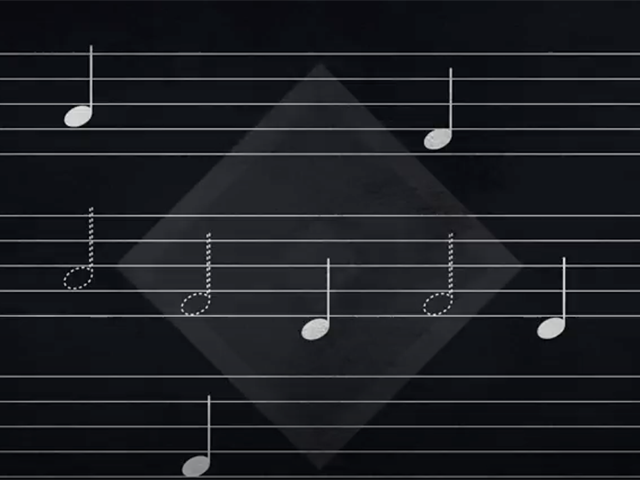 |
The Mysterious Melody (Diana Deutsch) | Metalworks Institute Online Course
Youtube Video |
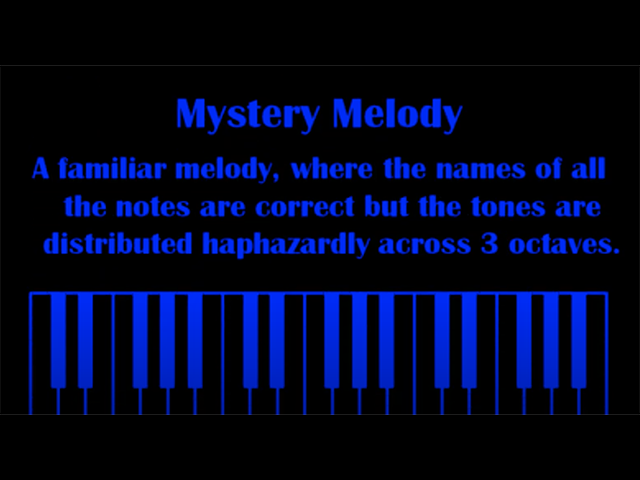 |
Auditory Illusion 4: Mystery Melody
Youtube Video |
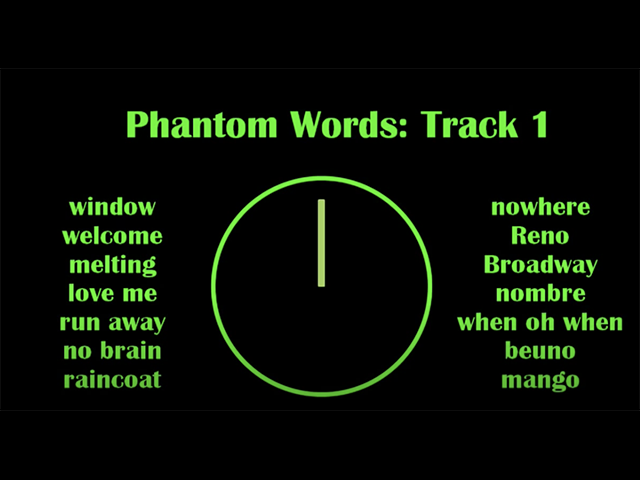 |
Auditory Illusion 3: Phantom Words
Youtube Video |
 |
Octave Illusion: Auditory Illusion 1 (headphones needed!)
Youtube Video |
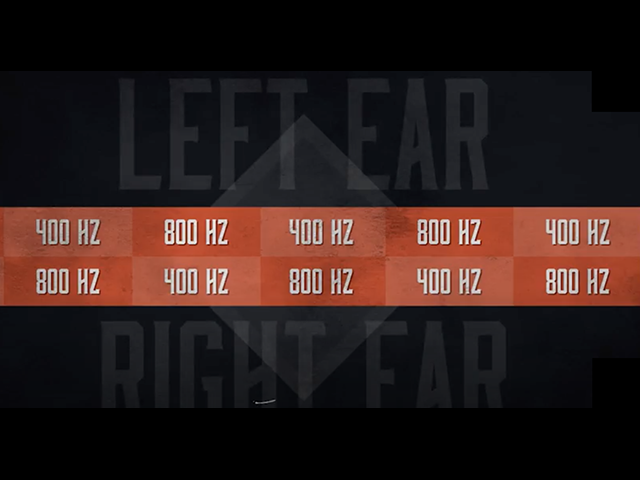 |
The Octave Illusion (Diana Deutsch) | Metalworks Institute Online Course
Youtube Video |
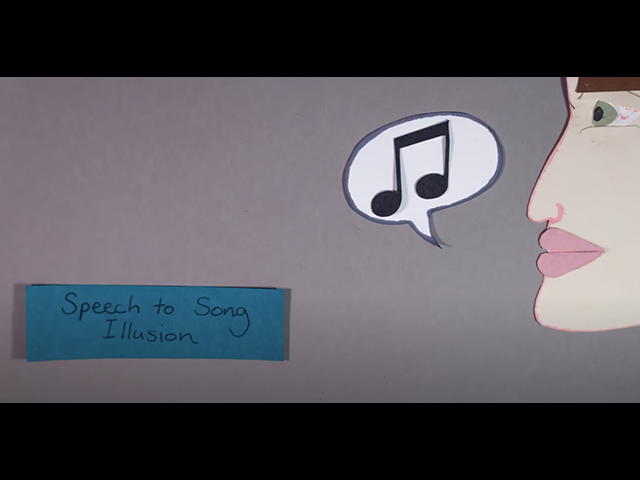 |
4 Weird Audio Illusions!
PBS digital studios
Includes Speech to Song Illusion, Tritone Paradox and Phantom Words
Youtube Video |
Technical Listening Notes
In listening to these illusions, it is important to use equipment with a flat frequency response, so as to avoid spectral distortion. For example, enhanced high frequency transients tend to degrade the effects. And features that alter the signal in any way, such as spatialization features, should be turned off. Also make sure that the playback amplitude is not too high. With many sound systems, this amplitude needs to be set at a different level depending on whether you are listening through headphones or loudspeakers, and it is a good idea to determine the appropriate settings before you begin. When you are listening to the stereo illusions through loudspeakers, it is best to be positioned with the speakers in front of you, with one to your left and the other to your right.

"Science of the Senses" at USA Science & Engineering Festival - Andrea Korte, AAAS, May, 2016

| |